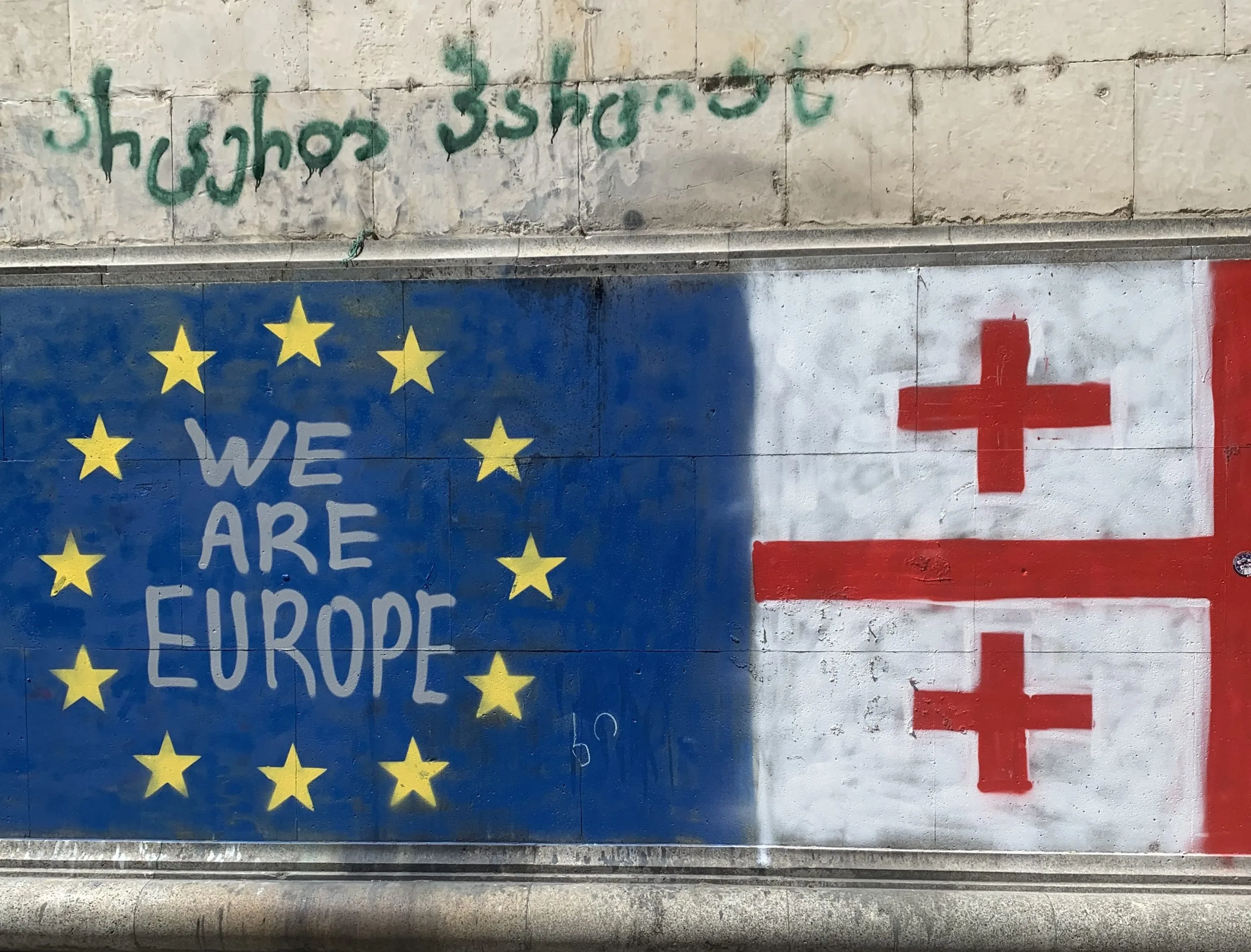In the classic 1962 film Lawrence of Arabia there is a strong theme of the past being continually wiped away by the winds of change and progress. In the same way that the desert sands are always shifting, so is the future which is waiting to be sculpted.
The same tenets apply to the world of business, and this plays to the strengths of emerging Europe. As enterprises navigate ongoing digital transformations and evolving technologies, the traditional model of talent acquisition and management is profoundly shifting.
The emergence of talent clouds is revolutionising how organisations approach talent strategy, addressing skill gaps, operational efficiencies, productivity, and overall outcomes. This paradigm shift signifies a departure from the conventional role-centric approach to a more dynamic, outcome, and value-based model for managing talent.
Addressing talent shortages
Talent shortages have become a prevalent challenge across various sectors, while being particularly acute in the technology sector. Organisations are continually grappling with the scarcity of skilled professionals to meet their evolving needs, especially in development and operations.
This problem is set to worsen with recent European studies showing that only 12 million skilled professionals may be available by the end of the decade, despite EU targets of employing 20 million ICT specialists by 2030.
Furthermore, tech talent increasingly does not want to be limited by a nine-to-five employment structure. Enter talent clouds: a dynamic ecosystem of pre-vetted pools of IT talent.
By tapping into talent clouds, organisations can access a broader and more flexible talent pool, transcending geographical boundaries and traditional employment structures.
Leveraging platforms and technologies that facilitate talent aggregation and management, businesses can swiftly fill skill gaps, scale operations, and adapt to fluctuating market demands. Whether it is a short-term project or long-term strategic initiative, talent clouds offer agility and scalability to effectively address talent shortages.
Improving efficiencies for the enterprise
In today’s fast-paced business environments, efficiency is paramount for sustainable growth and competitiveness. Traditional talent acquisition processes often entail lengthy recruitment cycles, bureaucratic hurdles, and high overhead costs. Talent clouds provide a pre-vetted alternative, streamlining the talent acquisition process and eliminating unnecessary intermediaries, offering both remote and on-site talent solutions.
By leveraging talent clouds, organisations can adopt agile workforce models, matching specific skills, expertise, and teams with project requirements in real-time. This on-demand access to talent not only accelerates time-to-hire but also optimises resource allocation, minimises idle capacity, and enhances operational efficiencies.
Assembling high-performing teams tailored to specific projects, objectives, and deliverables is seen as the way forward and will benefit workers in emerging Europe. An increasing number of organisations—both large and small—are adopting this model in Europe as well as in the US.
Moreover, talent clouds facilitate seamless collaboration and knowledge sharing, fostering a culture of innovation and continuous improvement within organisations.
Talent clouds enable organisations to tap into niche expertise and specialised skills that may not be readily available in-house. This strategic access to diverse talent enhances problem-solving capabilities, drives innovation, and unlocks new opportunities for growth, differentiation and revenue in today’s competitive landscape.
The shift from ‘roles’ to ‘value-added’
To boost productivity and focus on results, successful organisations are embracing outcome and value-based models for talent. In this way they can prioritise results over roles, focusing on the tangible impact of individuals and teams on business outcomes.
This results-driven approach not only incentivises performance but also fosters a culture of accountability, ownership, and collaboration among employees and external talent alike.
It also speeds up the learning of individuals through continuous feedback loops, which replace the outdated annual performance review.
Embracing the future of work is good for business
As the future of work continues to evolve, organsations must adapt to remain relevant and resilient in the face of uncertainty and disruption.
Harnessing talent clouds represents a pivotal step towards building agile, adaptive, and future-ready organisations. By reimagining talent acquisition, management, and deployment through the lens of outcomes and value, businesses can unlock new sources of competitive advantage and drive sustainable growth in the digital age.
The sands are always shifting, and the past is not an anchor: the future is here to be sculpted and invented.
Photo by ThisisEngineering on Unsplash.







